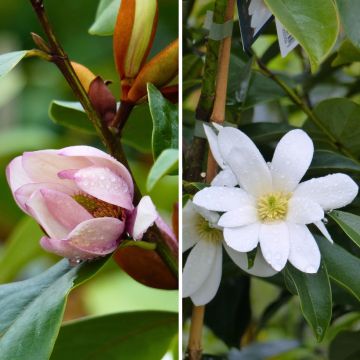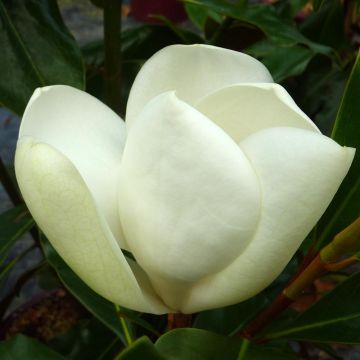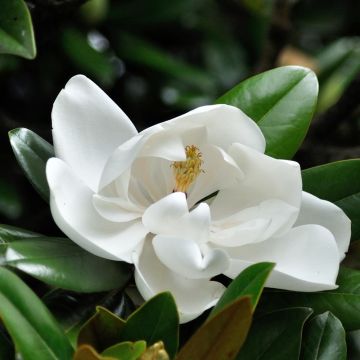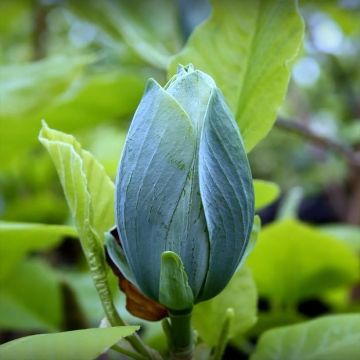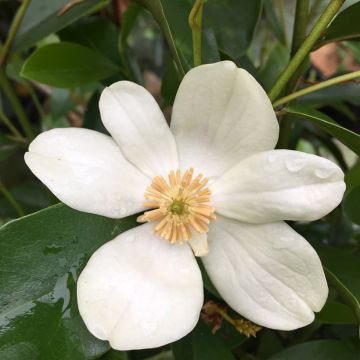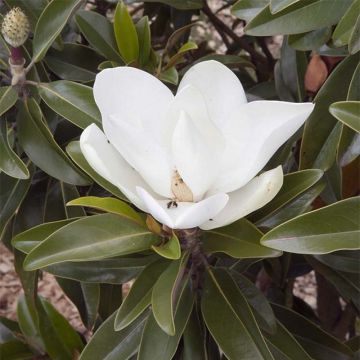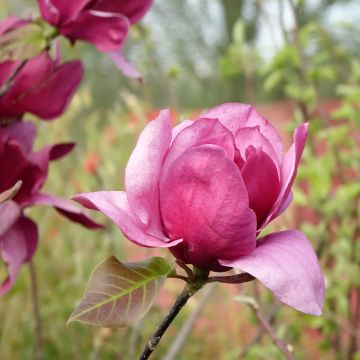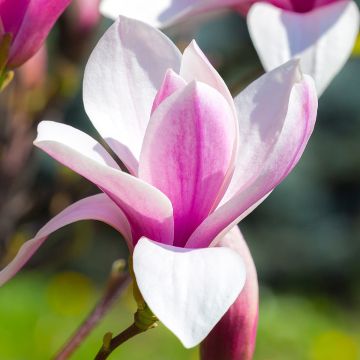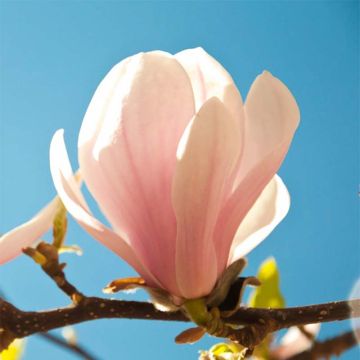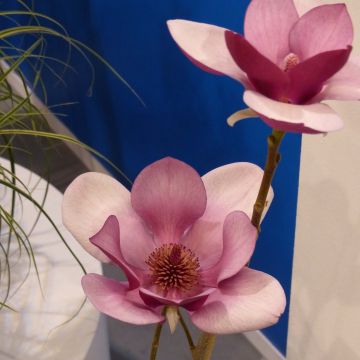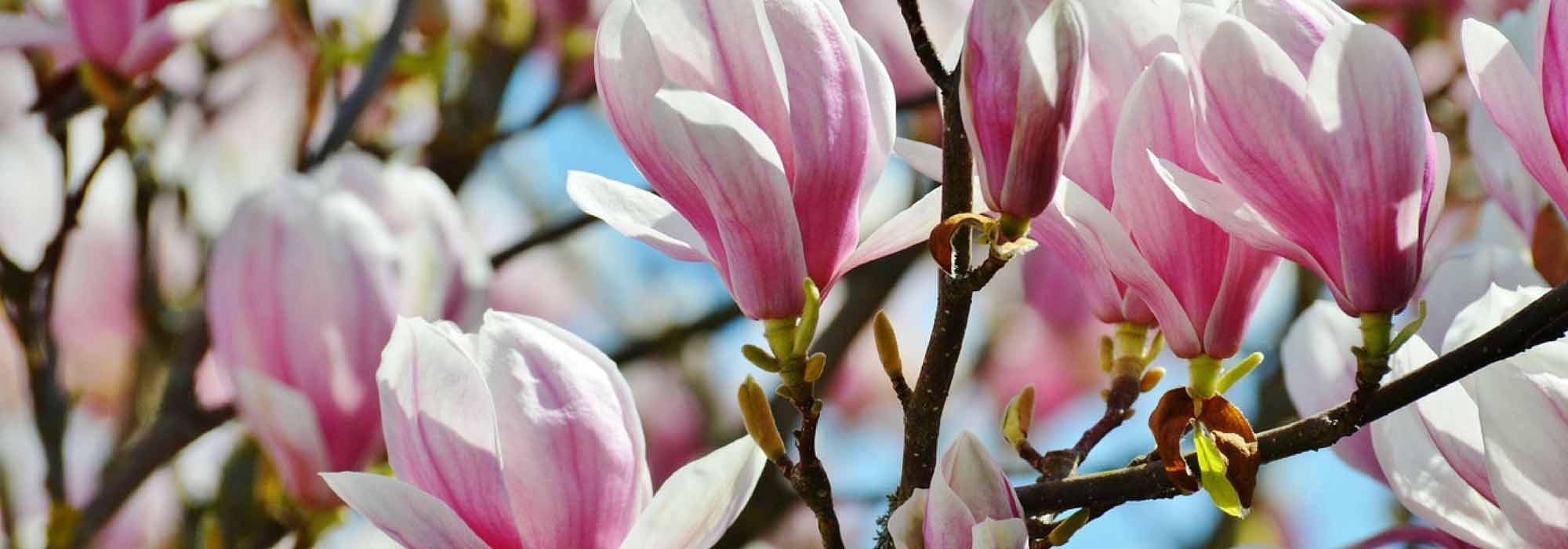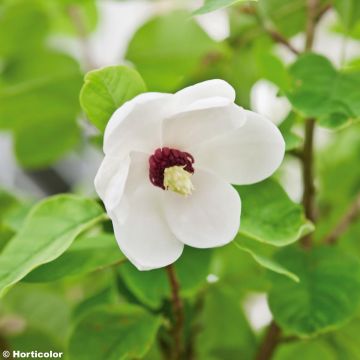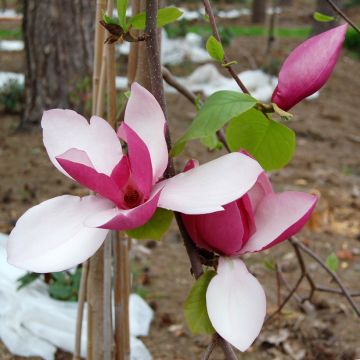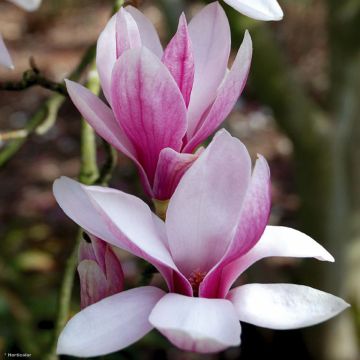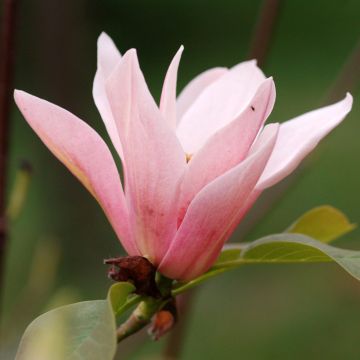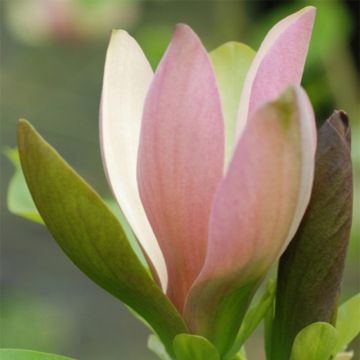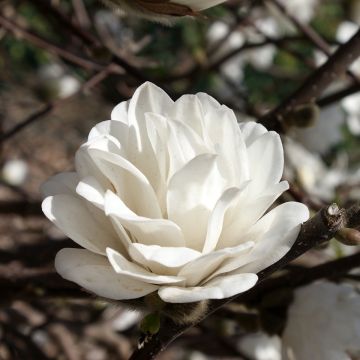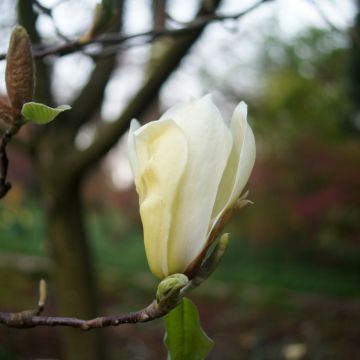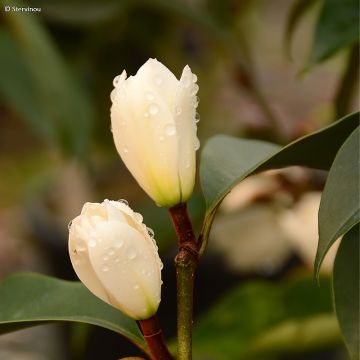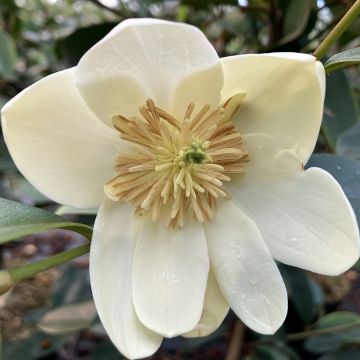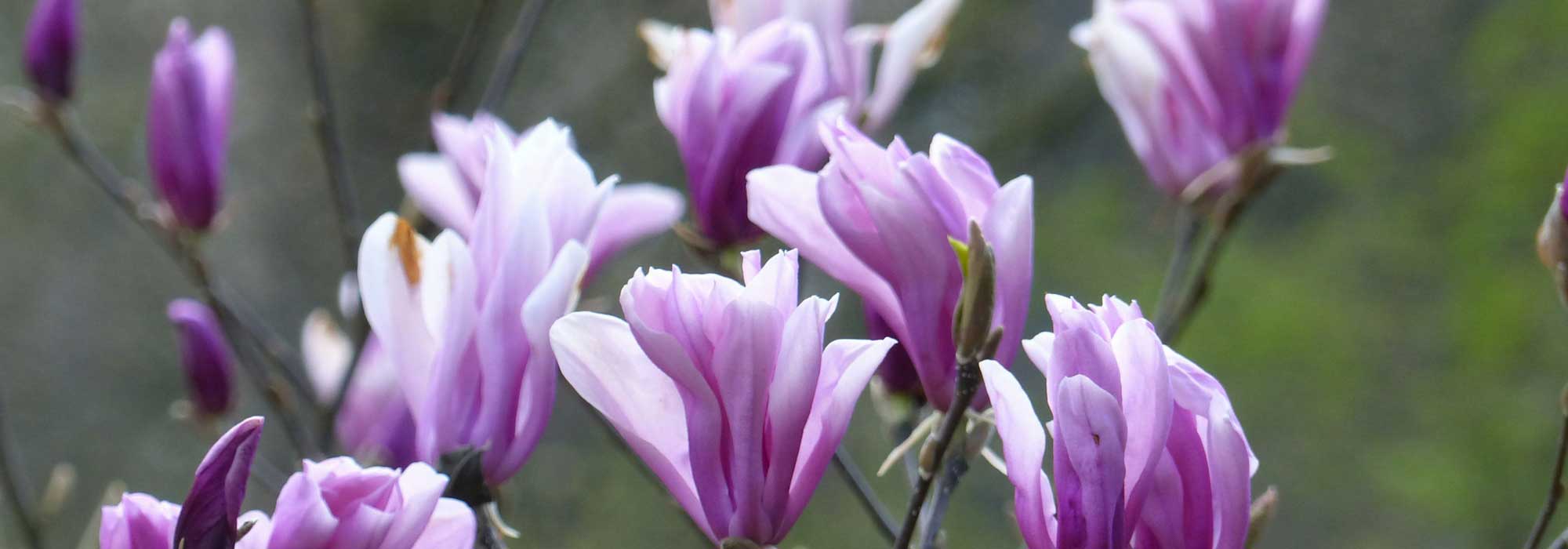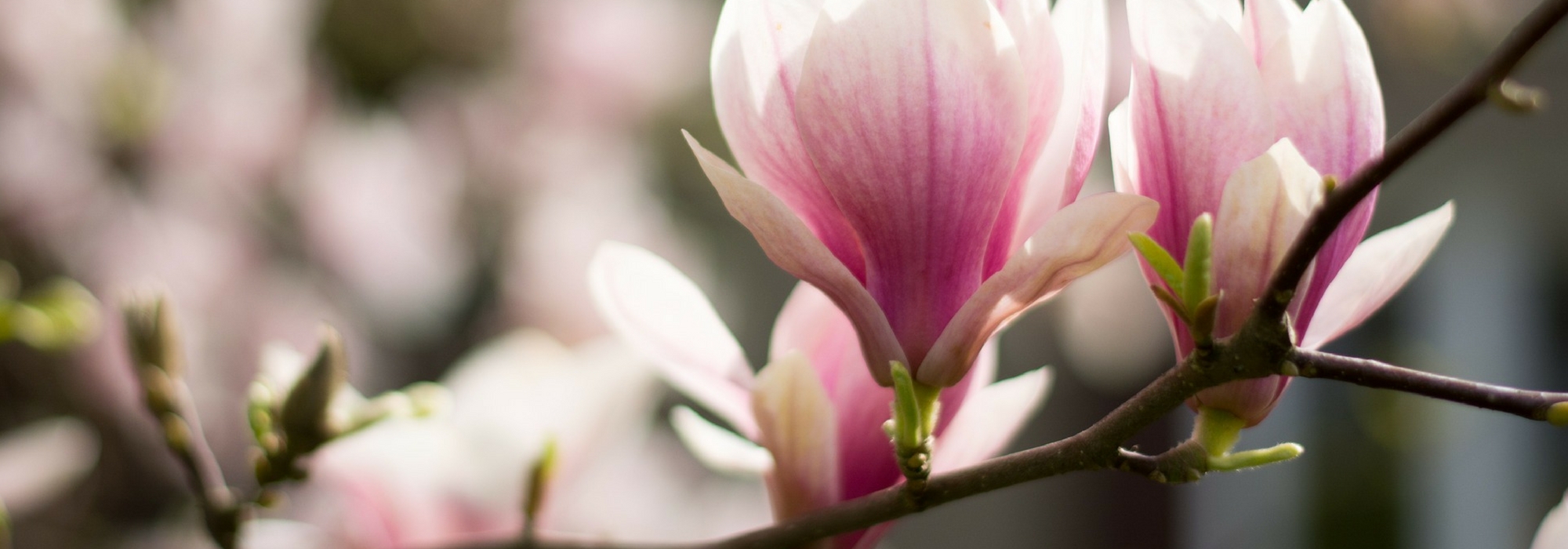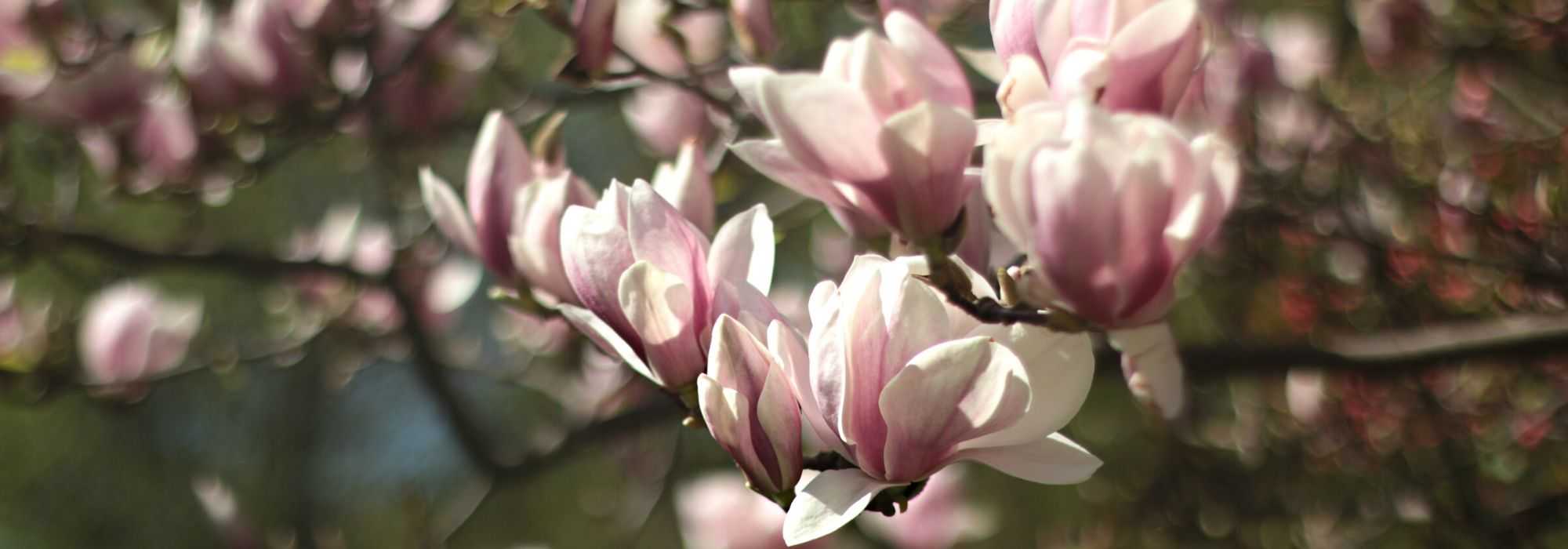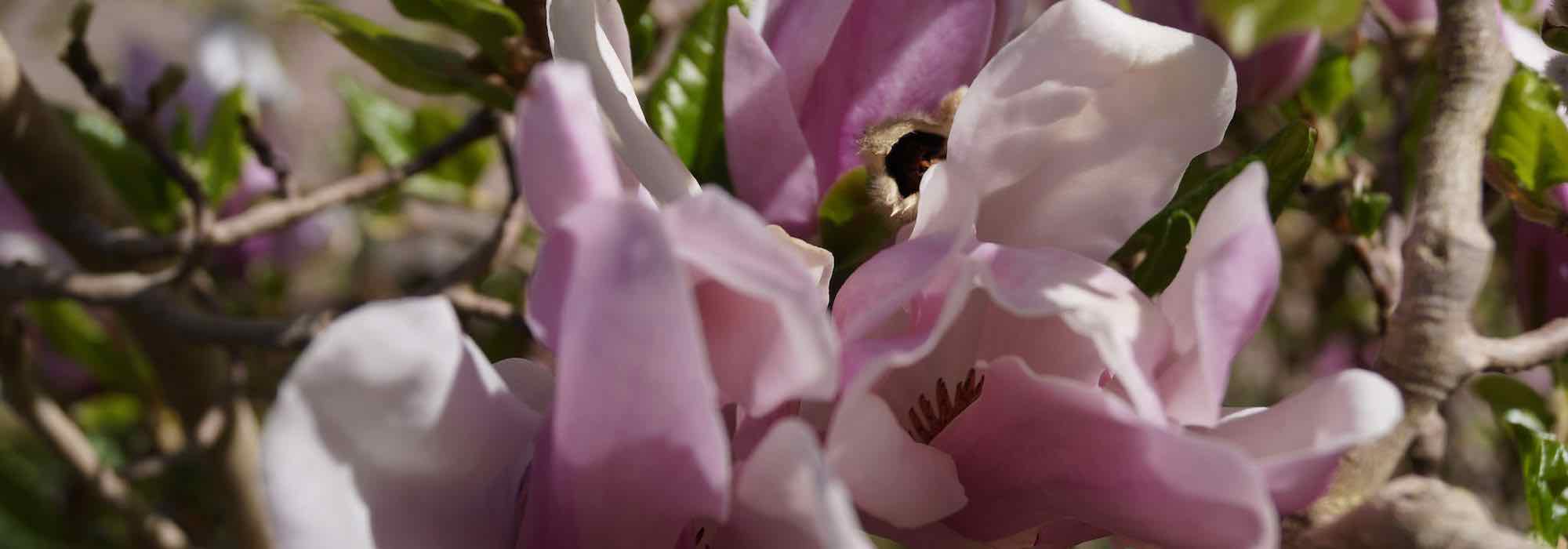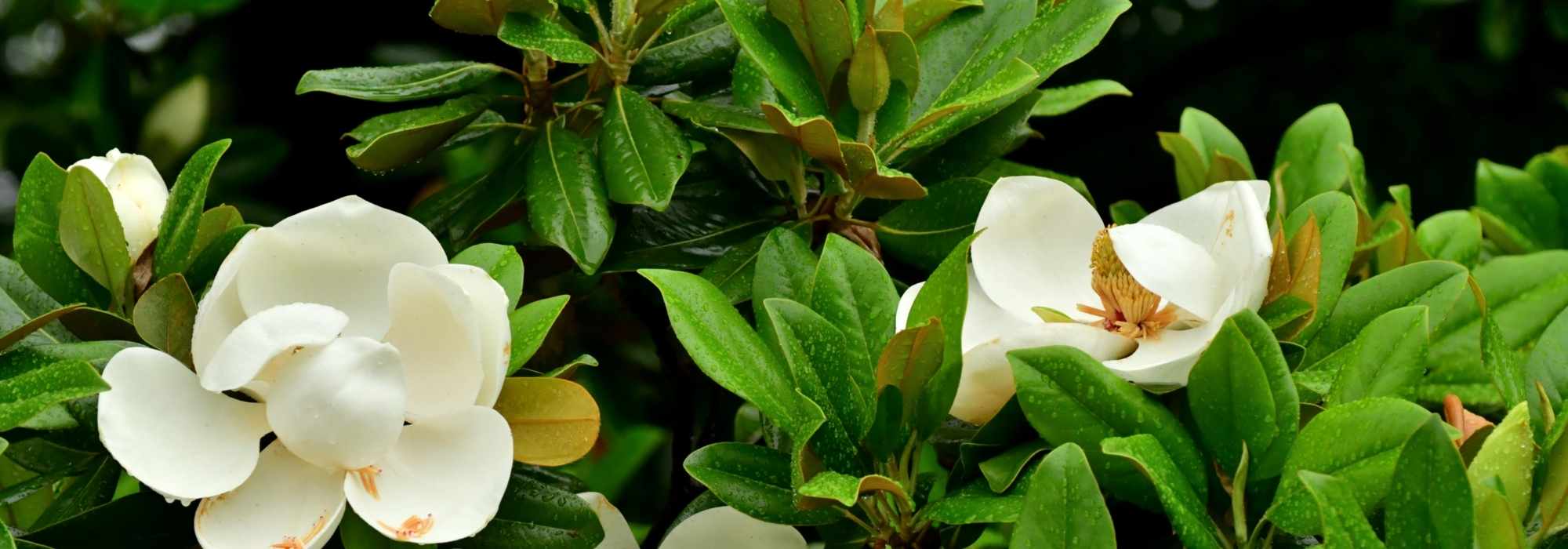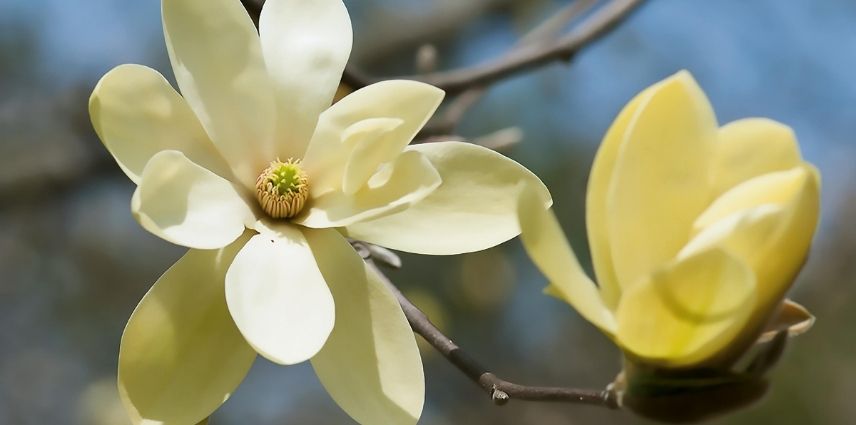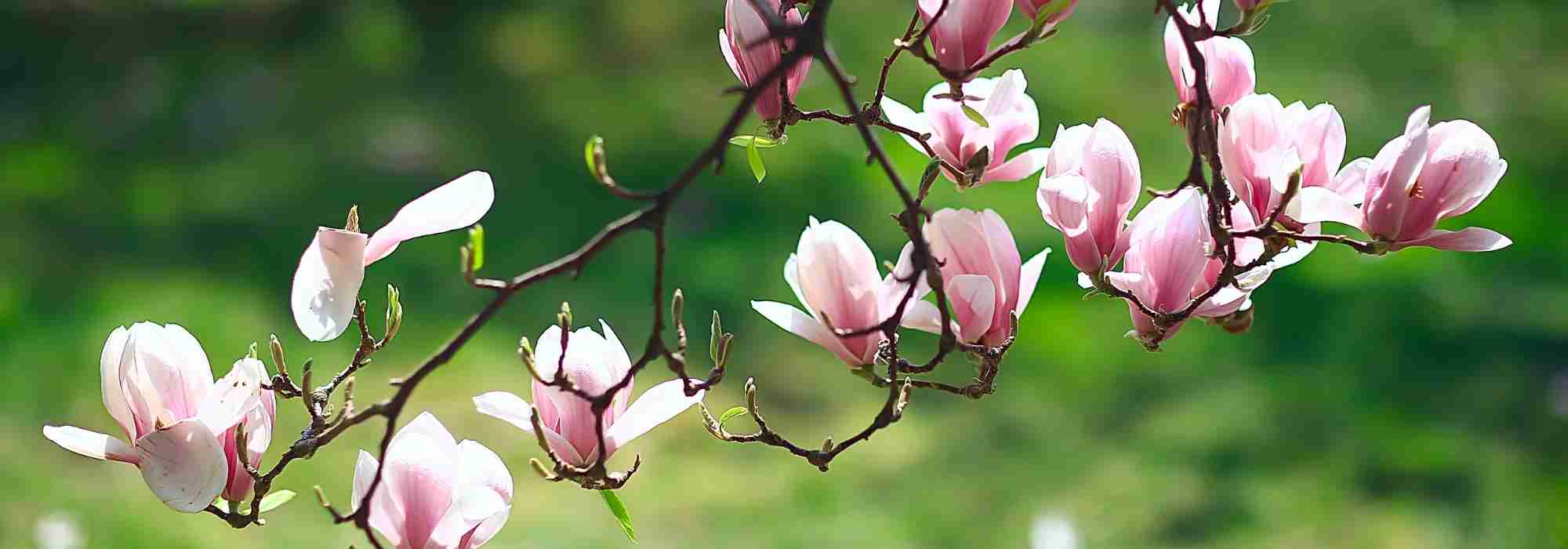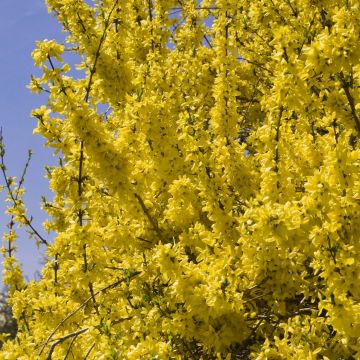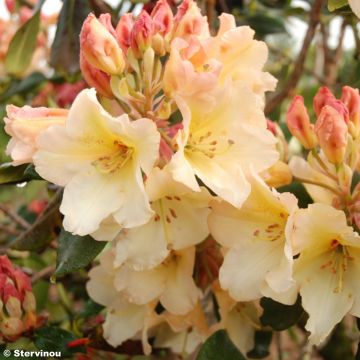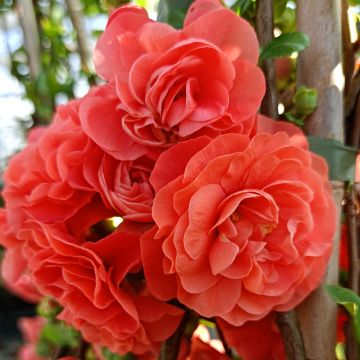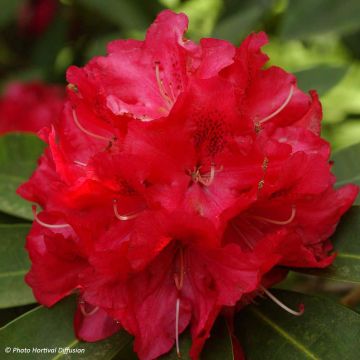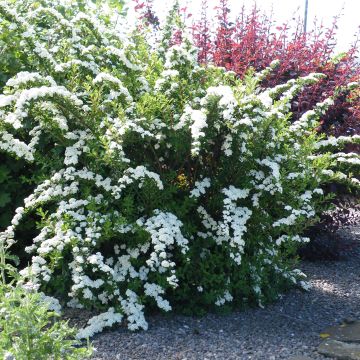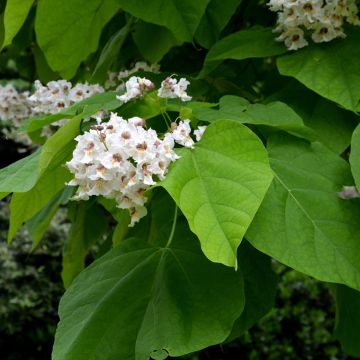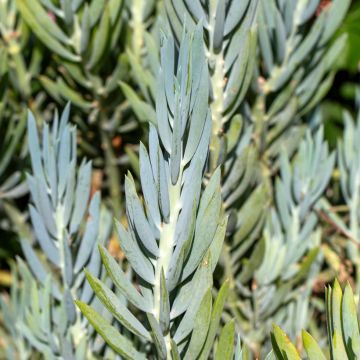

Magnolia thompsoniana - Magnolier de Thompson.
Magnolia x thompsoniana
Magnolia x thompsoniana
Magnolia
Special offer!
Receive a €20 voucher for any order over €90 (excluding delivery costs, credit notes, and plastic-free options)!
1- Add your favorite plants to your cart.
2- Once you have reached €90, confirm your order (you can even choose the delivery date!).
3- As soon as your order is shipped, you will receive an email containing your voucher code, valid for 3 months (90 days).
Your voucher is unique and can only be used once, for any order with a minimum value of €20, excluding delivery costs.
Can be combined with other current offers, non-divisible and non-refundable.
Why not try an alternative variety in stock?
View all →This plant carries a 24 months recovery warranty
More information
We guarantee the quality of our plants for a full growing cycle, and will replace at our expense any plant that fails to recover under normal climatic and planting conditions.
Would this plant suit my garden?
Set up your Plantfit profile →
Description
The Magnolia x thompsoniana is one of the first horticultural creations resulting from the accidental hybridization of two Magnolia species. This vigorous small tree is recognizable by its somewhat exotic appearance. It owes this to its ability to form multiple trunks, its strongly spreading habit, and its abundant dark and glossy foliage with a silvery underside, that persists when winter is not too severe. Its second asset is its long-lasting and gently scented flowers, which bloom from spring to summer. Its large cream-white flowers, with a curiously parchment-like appearance, even appear on young plants. In the garden, it will appreciate, like most magnolias, fertile and moist, neutral to acidic soil, and a sunny exposure.
Within the magnolia family, Thompson's Magnolia is one of the most vigorous. It is a robust tree of beautiful stature, perfectly hardy, often many-stemmed, developing a wide, airy, and sparsely branched crown, overall conical-rounded, with a rather dense appearance. It was born in London in 1808, in the nursery of Archibald Thompson, probably from the spontaneous hybridization between Magnolia virginiana, from the humid South of the U.S.A, and M. tripetala, native to the Eastern United States. In our gardens, it will reach an average size of 6 meters (20 feet) in all directions. Its branches bear entire, obovate leaves with undulate margins, measuring up to 21 cm (8in) in length and 8.5 cm (3in) in width. They are deciduous below -12°C (10.4°F). The upper surface of the leaf is dark green with a satin finish, while the underside is slightly hairy and of a lighter color, with silvery reflections. Flowering takes place from May-June to July, for about 2 months, intermittently. The flowers appear at the end of the branches. They are cream-white to pale yellow in color and measure about 12 cm (5in) in diameter. They are composed of thick petals, with a texture reminiscent of paper. Their fragrance somewhat resembles that of vanilla.
This Magnolia, magnificent in both foliage and flowers, deserves to be discovered and planted more often in our gardens. Its vigor requires that there is enough space to accommodate it. It will naturally be most often used as a solitary specimen in the middle of a lawn, or towering over a bed of lower shrubs. It pairs well with the flamboyant flowers of Rhododendrons and shrub peonies. Beautiful trees like the Henry's Lime (Tilia henryana) will accompany it in its flowering. To accompany it towards the end of the season, the Caramel Tree (Cercidiphyllum japonicum) or the Persian Ironwood (Parrotia persica) will enhance its foliage with magnificent autumn colors.
Magnolia x thompsoniana in pictures
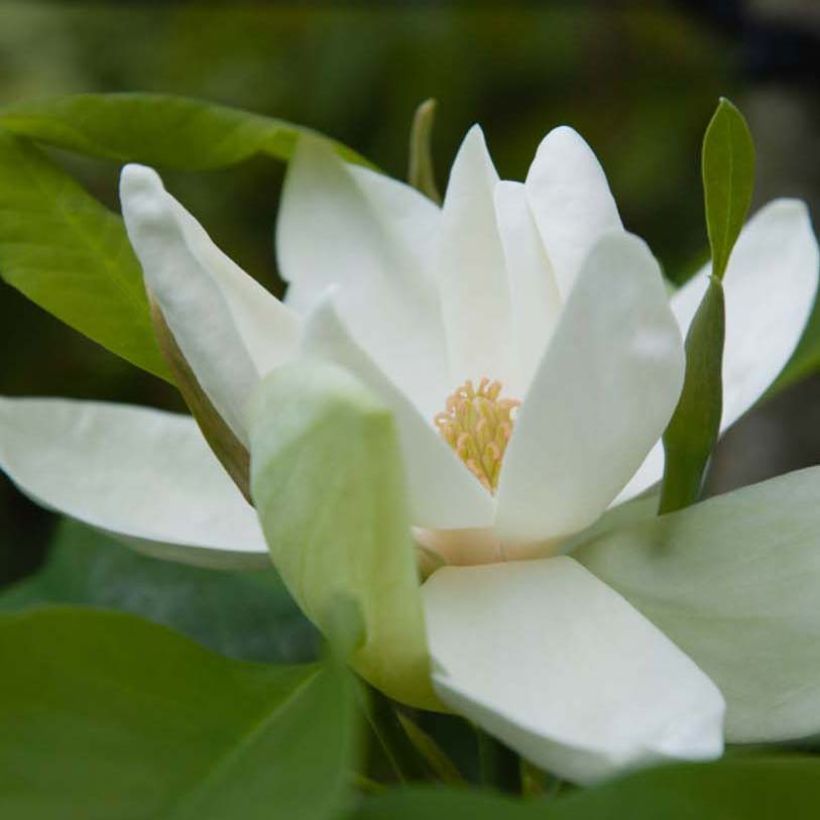

Plant habit
Flowering
Foliage
Botanical data
Magnolia
x thompsoniana
Magnoliaceae
Magnolia
Cultivar or hybrid
Other Magnolia
View all →Planting and care
Magnolia thompsoniana prefers sunny to partially shaded exposures, deep, moist and humus-rich soil, neutral to acidic. It is hardy down to -20°C (1°F). Planting of Magnolia can be done in spring or autumn, outside the frost period. Prepare a hole 80 cm (32 in) on each side and of equal depth with a good supply of ericaceous compost if your soil tends to be clayey and slightly chalky. Be careful when planting it in the hole, so as not to break the fleshy but fragile roots. Immediate watering, preferably with lime-free water (rainwater), helps to settle the soil around the roots. During the first year of planting, Magnolia requires watering once a week. It will appreciate an amendment once a year in spring. For planting in chalky soil, it will be necessary to replace your soil deeply with leaf compost and ericaceous compost. Water abundantly in the first years. Magnolia does not like drought, so the soil must remain moist throughout the summer. It is recommended to mulch its base to keep it moist during the hot season, enrich the soil, and protect it from the cold in winter. Since its roots are fragile, it is best not to transplant it once established. The only enemies of Magnolia are pests such as scale insects, snails, and slugs that attack young plants, and diseases such as rot (in excessively waterlogged soil) and coral disease.
Planting period
Intended location
Care
Planting & care advice
This item has not been reviewed yet - be the first to leave a review about it.
Similar products
Haven't found what you were looking for?
Hardiness is the lowest winter temperature a plant can endure without suffering serious damage or even dying. However, hardiness is affected by location (a sheltered area, such as a patio), protection (winter cover) and soil type (hardiness is improved by well-drained soil).

Photo Sharing Terms & Conditions
In order to encourage gardeners to interact and share their experiences, Promesse de fleurs offers various media enabling content to be uploaded onto its Site - in particular via the ‘Photo sharing’ module.
The User agrees to refrain from:
- Posting any content that is illegal, prejudicial, insulting, racist, inciteful to hatred, revisionist, contrary to public decency, that infringes on privacy or on the privacy rights of third parties, in particular the publicity rights of persons and goods, intellectual property rights, or the right to privacy.
- Submitting content on behalf of a third party;
- Impersonate the identity of a third party and/or publish any personal information about a third party;
In general, the User undertakes to refrain from any unethical behaviour.
All Content (in particular text, comments, files, images, photos, videos, creative works, etc.), which may be subject to property or intellectual property rights, image or other private rights, shall remain the property of the User, subject to the limited rights granted by the terms of the licence granted by Promesse de fleurs as stated below. Users are at liberty to publish or not to publish such Content on the Site, notably via the ‘Photo Sharing’ facility, and accept that this Content shall be made public and freely accessible, notably on the Internet.
Users further acknowledge, undertake to have ,and guarantee that they hold all necessary rights and permissions to publish such material on the Site, in particular with regard to the legislation in force pertaining to any privacy, property, intellectual property, image, or contractual rights, or rights of any other nature. By publishing such Content on the Site, Users acknowledge accepting full liability as publishers of the Content within the meaning of the law, and grant Promesse de fleurs, free of charge, an inclusive, worldwide licence for the said Content for the entire duration of its publication, including all reproduction, representation, up/downloading, displaying, performing, transmission, and storage rights.
Users also grant permission for their name to be linked to the Content and accept that this link may not always be made available.
By engaging in posting material, Users consent to their Content becoming automatically accessible on the Internet, in particular on other sites and/or blogs and/or web pages of the Promesse de fleurs site, including in particular social pages and the Promesse de fleurs catalogue.
Users may secure the removal of entrusted content free of charge by issuing a simple request via our contact form.
The flowering period indicated on our website applies to countries and regions located in USDA zone 8 (France, the United Kingdom, Ireland, the Netherlands, etc.)
It will vary according to where you live:
- In zones 9 to 10 (Italy, Spain, Greece, etc.), flowering will occur about 2 to 4 weeks earlier.
- In zones 6 to 7 (Germany, Poland, Slovenia, and lower mountainous regions), flowering will be delayed by 2 to 3 weeks.
- In zone 5 (Central Europe, Scandinavia), blooming will be delayed by 3 to 5 weeks.
In temperate climates, pruning of spring-flowering shrubs (forsythia, spireas, etc.) should be done just after flowering.
Pruning of summer-flowering shrubs (Indian Lilac, Perovskia, etc.) can be done in winter or spring.
In cold regions as well as with frost-sensitive plants, avoid pruning too early when severe frosts may still occur.
The planting period indicated on our website applies to countries and regions located in USDA zone 8 (France, United Kingdom, Ireland, Netherlands).
It will vary according to where you live:
- In Mediterranean zones (Marseille, Madrid, Milan, etc.), autumn and winter are the best planting periods.
- In continental zones (Strasbourg, Munich, Vienna, etc.), delay planting by 2 to 3 weeks in spring and bring it forward by 2 to 4 weeks in autumn.
- In mountainous regions (the Alps, Pyrenees, Carpathians, etc.), it is best to plant in late spring (May-June) or late summer (August-September).
The harvesting period indicated on our website applies to countries and regions in USDA zone 8 (France, England, Ireland, the Netherlands).
In colder areas (Scandinavia, Poland, Austria...) fruit and vegetable harvests are likely to be delayed by 3-4 weeks.
In warmer areas (Italy, Spain, Greece, etc.), harvesting will probably take place earlier, depending on weather conditions.
The sowing periods indicated on our website apply to countries and regions within USDA Zone 8 (France, UK, Ireland, Netherlands).
In colder areas (Scandinavia, Poland, Austria...), delay any outdoor sowing by 3-4 weeks, or sow under glass.
In warmer climes (Italy, Spain, Greece, etc.), bring outdoor sowing forward by a few weeks.






























